What are the symptoms of orchids lacking fertilizer?
Last Update :2024.11.05
Article Catalog
Symptoms of nitrogen deficiency in orchids
Symptoms of phosphorus deficiency in orchids
Signs of magnesium deficiency in orchids
Symptoms of potassium deficiency in orchids
Symptoms of manganese deficiency in orchids
Symptoms of calcium deficiency in orchids
Symptoms of iron deficiency in orchids
Symptoms of zinc deficiency in orchids
Symptoms of copper deficiency in orchids
Symptoms of boron deficiency in orchids
What are the symptoms of lack of fertilizer in orchids? As the saying goes in Flower Encyclopedia, "Clear orchids, muddy jasmine", it means that orchids should be fertilized with thin fertilizers frequently and avoid heavy fertilizers. If the nutrients in the fertilizer cannot meet the growth needs of the orchid, various nutritional deficiencies will occur. Do you know what fertilizer your orchid is lacking?
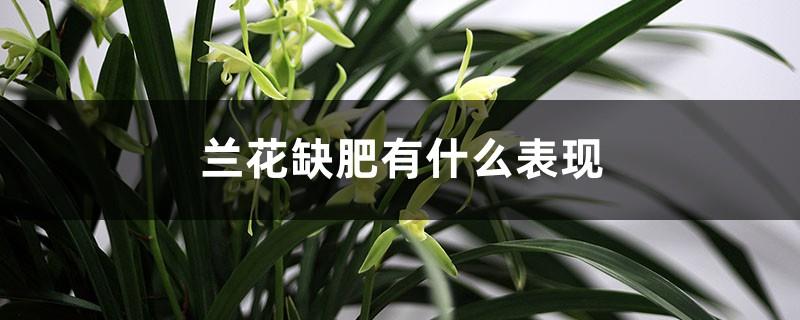
Symptoms of nitrogen deficiency in orchids
When it comes to fertilizing, the words people often mention are nitrogen, phosphorus and potassium, but fertilizers are far more than just these. They also include magnesium, copper, manganese, calcium, iron, zinc, copper, boron, etc., each of which The symptoms displayed by orchids due to lack of elements are different, let’s take a look!
Symptoms of nitrogen deficiency in orchids

Nitrogen mainly promotes the growth of leaves. When there is a lack of nitrogen, the new leaves will obviously grow poorly. They will be shorter, narrower and thinner than the old leaves. The leaves will be light yellow and lack luster.
Solution: Use potassium sulfate compound fertilizer solution to irrigate the roots, or spray the leaves with urea solution in the evening, once every 3 to 5 days, and spray 3 times in a row. The new leaves will slowly return to normal.
Symptoms of phosphorus deficiency in orchids

Phosphate fertilizer can promote the growth of leaf buds. When orchids lack phosphorus fertilizer, the leaf buds will grow slowly, roots will not grow, and the leaf edges will curl.
Solution: Choose potassium superphosphate leaching solution to irrigate the roots, and water twice continuously every 10 days. Or spray phosphorus fertilizer on the leaves, once every 3 to 5 days, and spray 3 times in a row.
Symptoms of magnesium deficiency in orchids
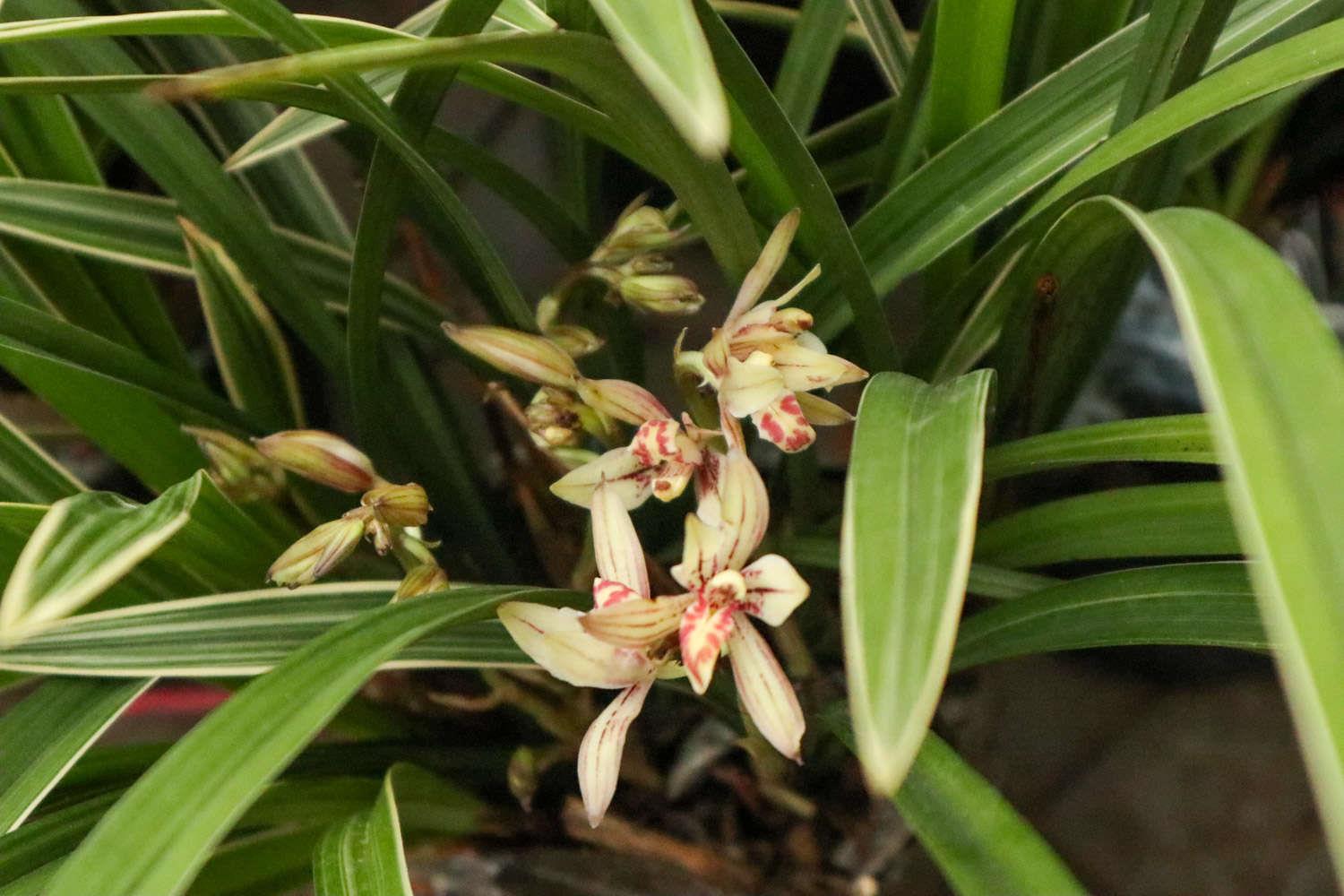
Orchid plants lack magnesium and their leaves will turn yellow. Especially on old leaves, the tips and edges of the leaves will appear yellow, and the leaves will curl.
Solution: You can spray the leaves with 0.5% magnesium sulfate solution in the evening, spray once every three to five days, and spray three to five times in a row to correct the problem.
Symptoms of potassium deficiency in orchids

Potassium deficiency in orchids is manifested by yellowing of the leaf edges and leaf tips. At first, the old leaves turn yellow, and slowly spread to the new leaves, and gradually turn from yellow to brown. And the leaves of the plant are relatively soft and easy to bend. If exposed to strong light or low temperatures, the leaves will become dehydrated.
Solution: You can first water the roots and spray leaves with 0.5% potassium sulfate solution, or remove and apply plant ash.
Symptoms of manganese deficiency in orchids
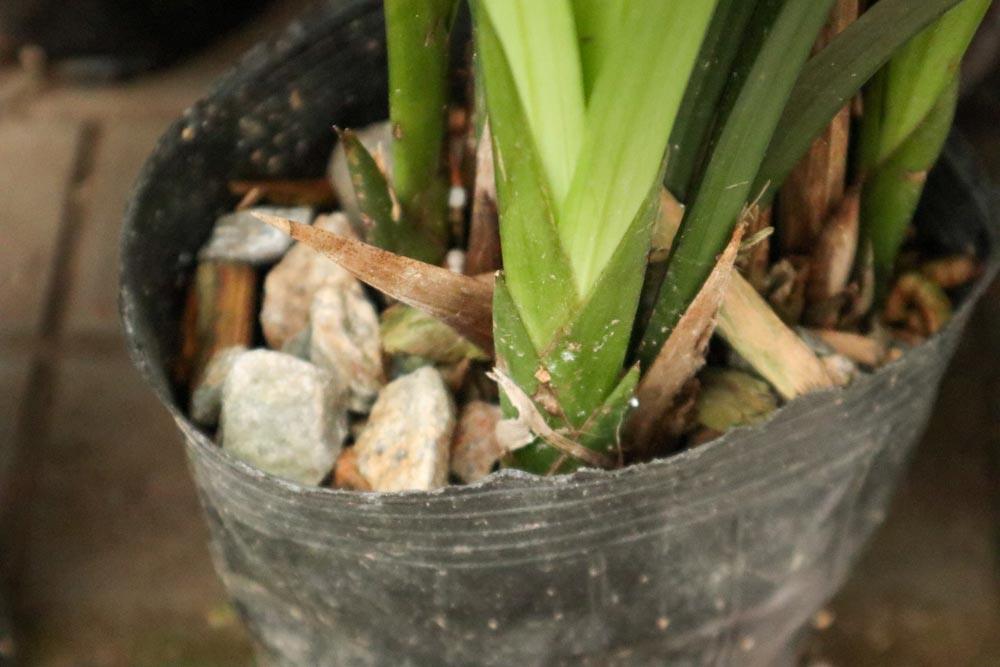
If an orchid lacks manganese, it is easy to be sunburned. Although there is shade, sunburn-like spots will still appear on the leaves, with spots within the spots, and the flower buds will not develop. Neutral, calcareous and sandy soils are more likely to suffer from manganese deficiency symptoms.
Solution: Use 0.3% manganese sulfate solution to spray the leaves three times to correct the problem.
Symptoms of calcium deficiency in orchids
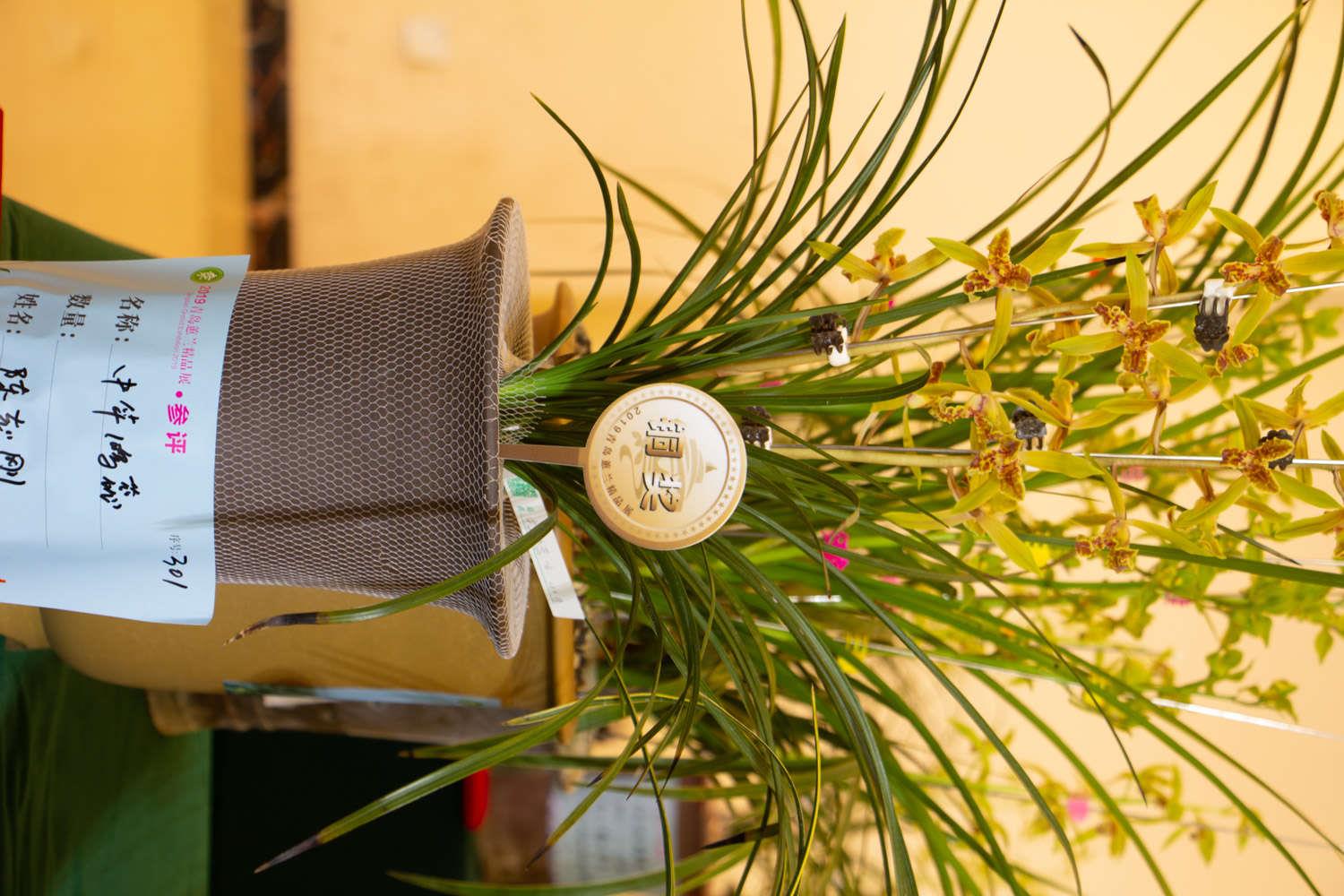
Calcium deficiency in orchids manifests itself as hook-shaped leaf tips, seriously affecting plant shape.
Solution: You can use 1.0% lime solution to water the roots once, or you can use 3% livestock calcium powder to water the roots once, and it can be corrected.
Symptoms of iron deficiency in orchids
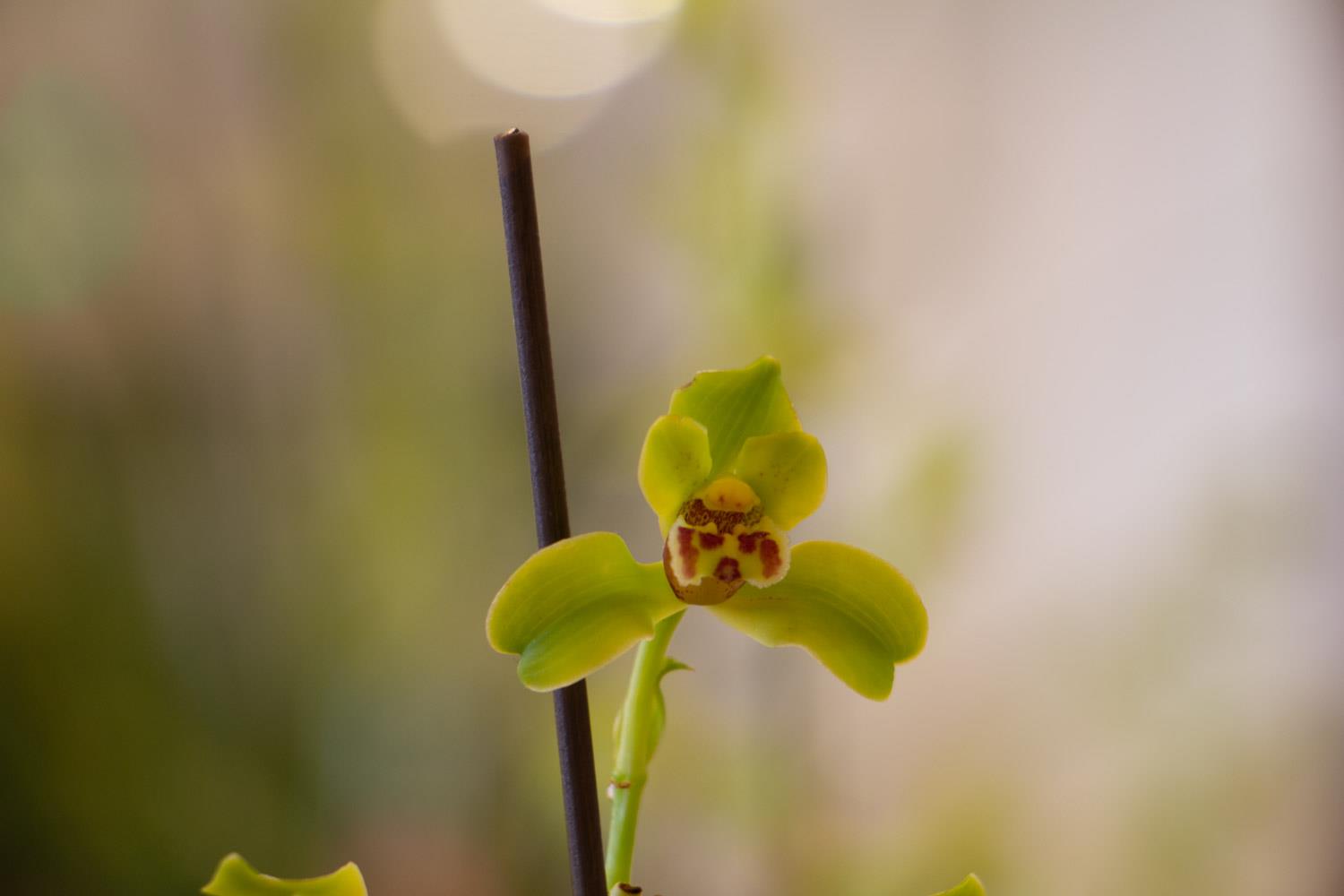
Iron deficiency in orchids is mainly manifested by the fact that young leaves appear yellow-white, and burnt brown spots appear on the middle veins and leaf tips.
Solution: 0.5% ferrous sulfate solution can be sprayed on the leaves, once every 3 days, and sprayed two or three times in a row to correct the problem.
Symptoms of zinc deficiency in orchids
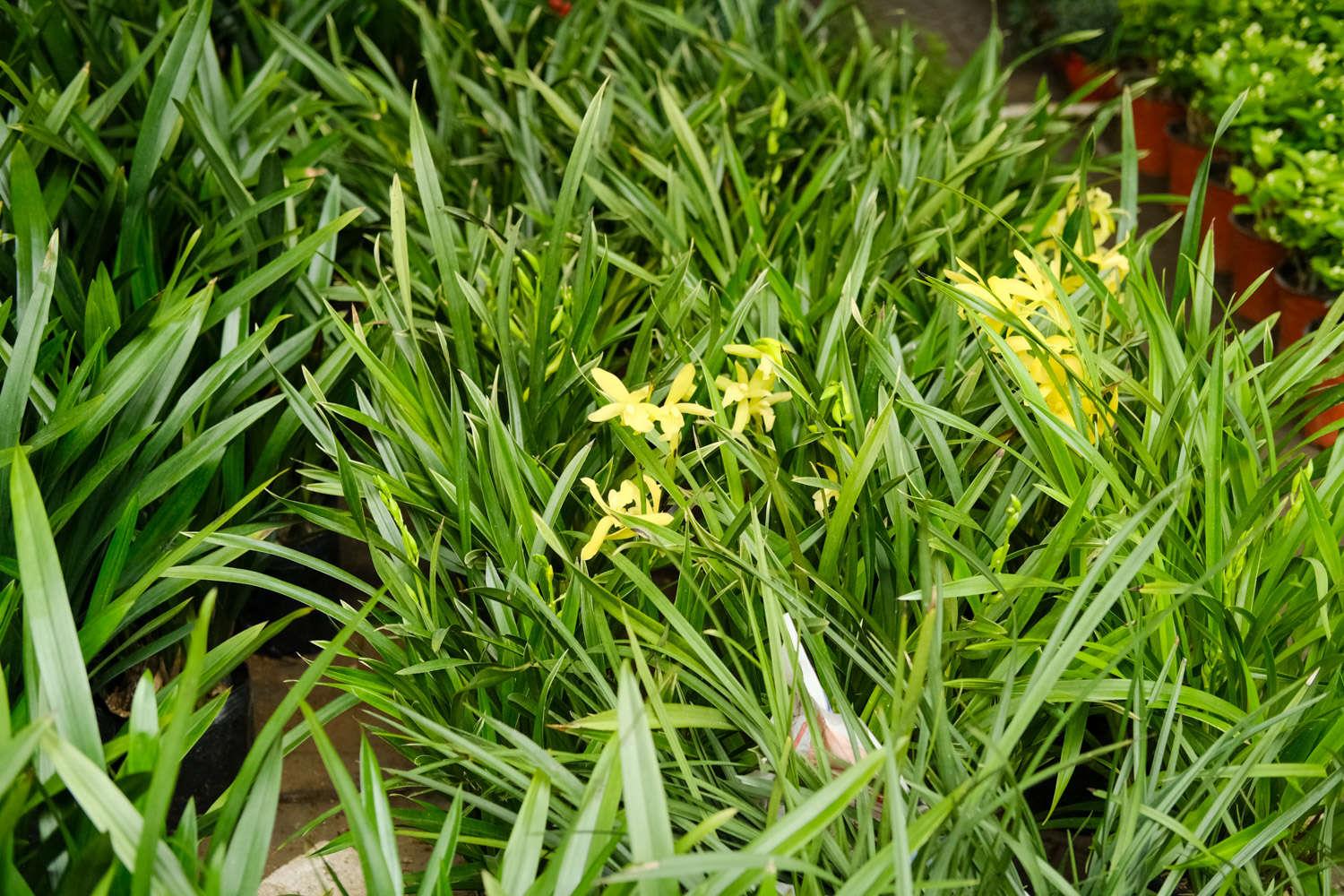
Zinc deficiency in orchids is mainly characterized by rust-like spots appearing in the middle of the leaves at the bottom, which gradually expand to both ends. The petioles of new leaves are obviously different from those of older leaves.
Solution: You can spray the leaves with 0.1% zinc sulfate solution, once every three to five days, and spray 3 times in a row to correct the problem.
Symptoms of copper deficiency in orchids
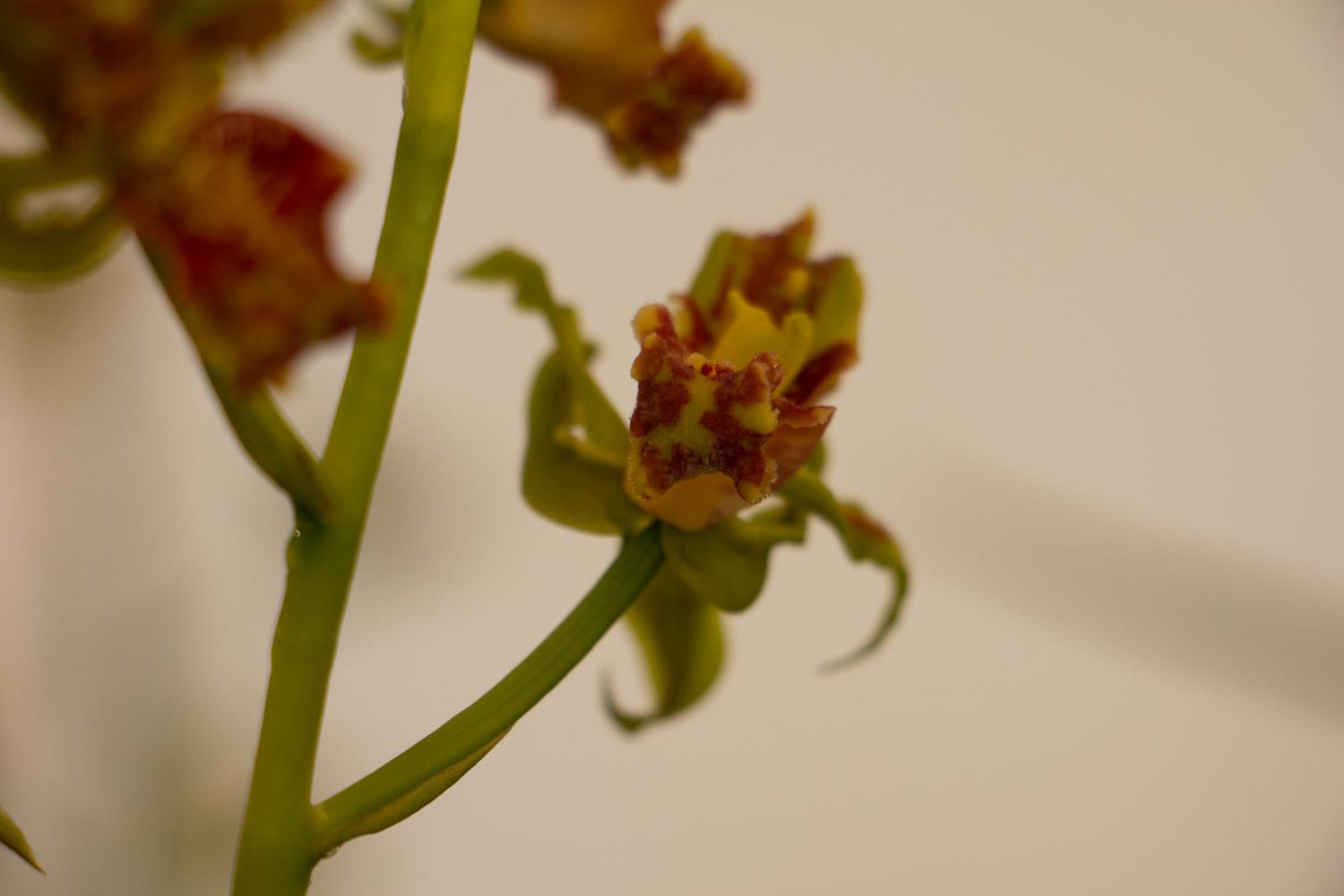
The main manifestation of lack of copper in orchids is that the leaf tips will lose green, turn gray-white, and gradually expand to the whole leaf, and the growth will gradually stagnate.
Solution: You can spray it with 0.2% copper sulfate solution, once every 7 days, and spray it twice in a row to correct it.
Symptoms of boron deficiency in orchids
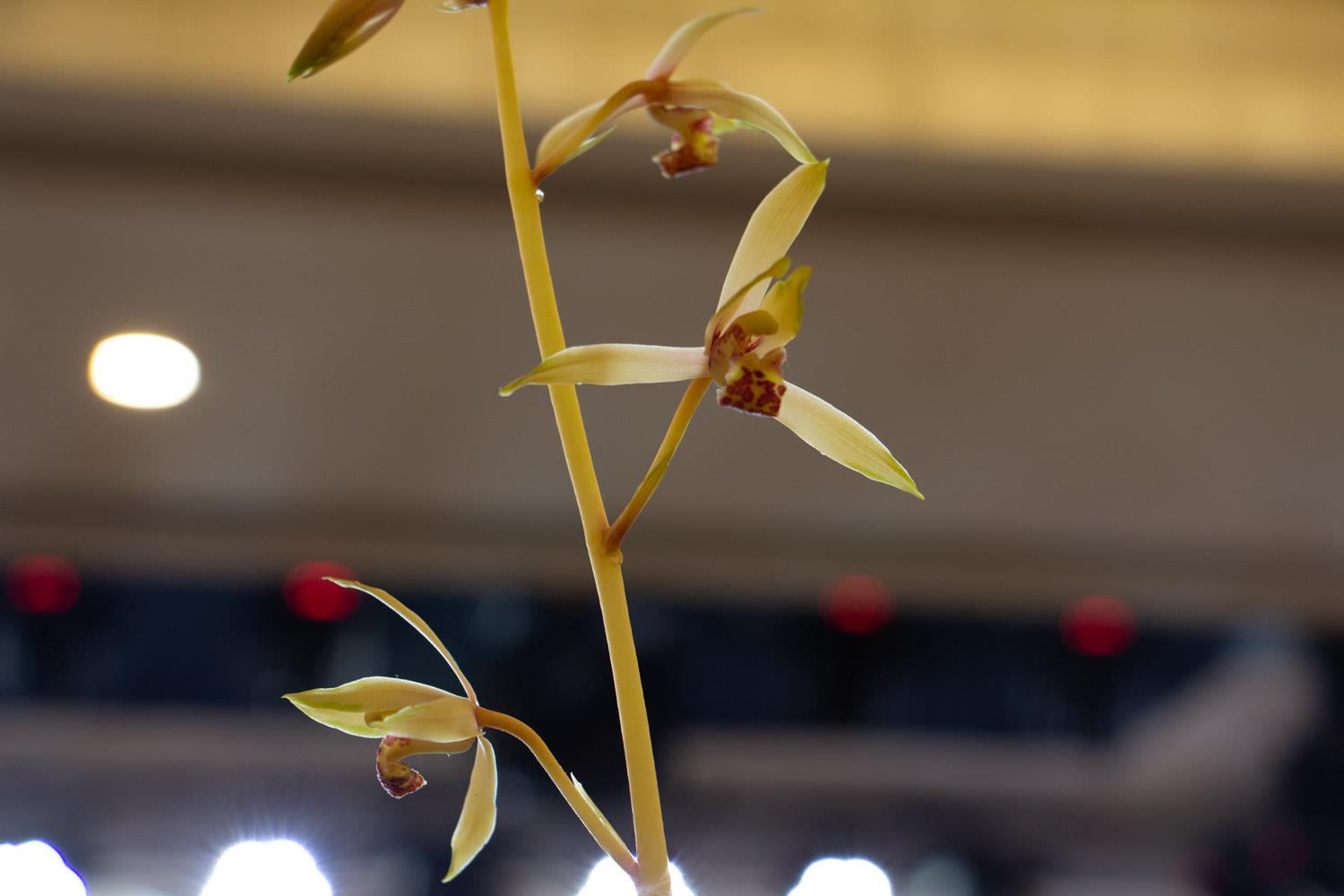
Boron deficiency in orchids manifests as damage to the base of young leaves, and the petiole ring is extremely brittle and easy to break. The flower buds bloom slowly, the number of flowers is significantly reduced, and the growth of the plant after flowering is significantly reduced.
Solution: You can spray 0.3% borax or boric acid solution once a week for 3 times to correct the problem.
Symptoms of molybdenum deficiency in orchids
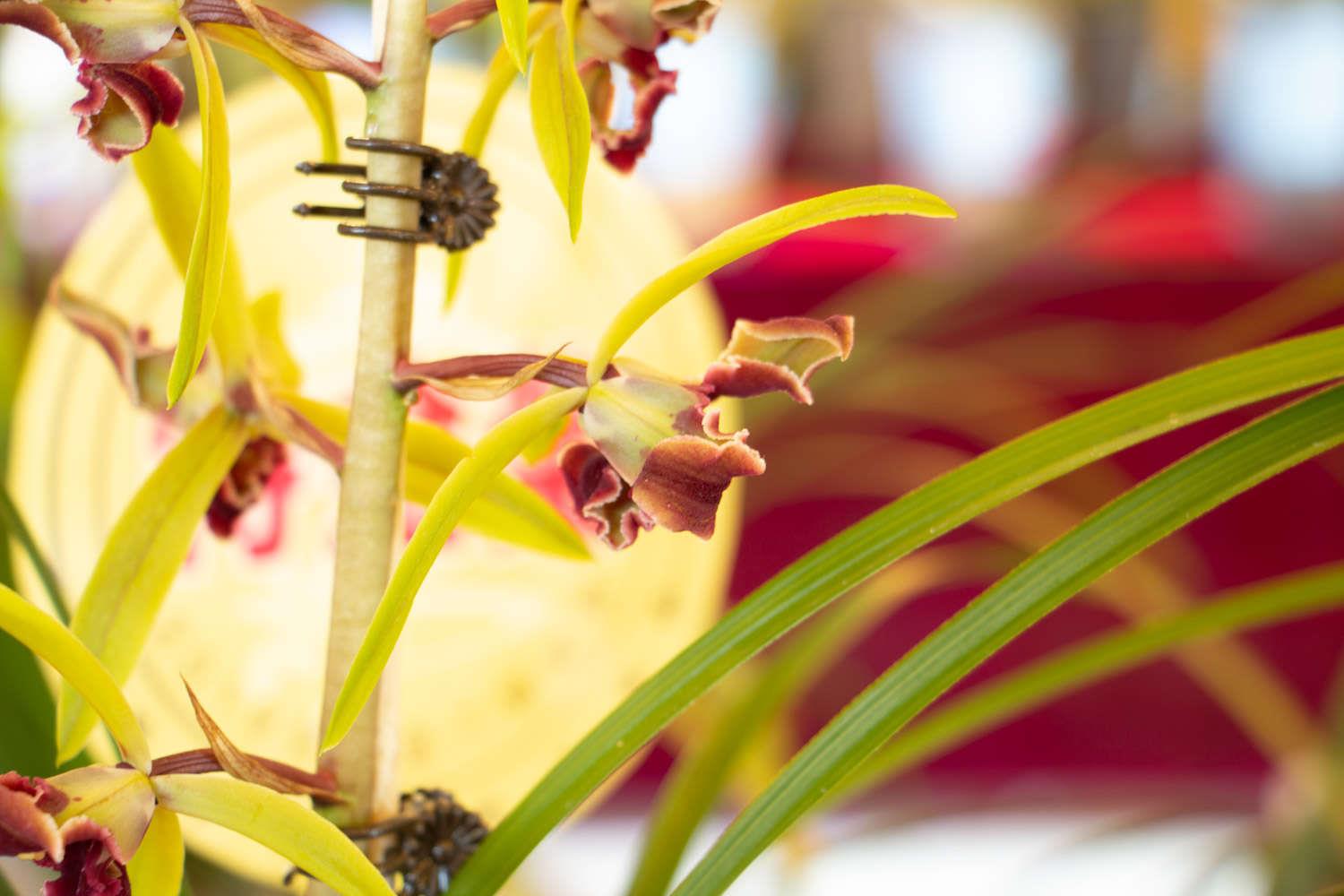
Molybdenum deficiency in orchids will cause new plants to become dwarfed and not grow taller; old leaves will lose their green color, resulting in yellowing, wilting and even necrosis.
Solution: You can spray 0.1% ammonium molybdate solution once every 3 days for 3 consecutive times to correct the problem.
Symptoms of phosphorus deficiency in orchids
Signs of magnesium deficiency in orchids
Symptoms of potassium deficiency in orchids
Symptoms of manganese deficiency in orchids
Symptoms of calcium deficiency in orchids
Symptoms of iron deficiency in orchids
Symptoms of zinc deficiency in orchids
Symptoms of copper deficiency in orchids
Symptoms of boron deficiency in orchids
- END -
What kind of tree is the money tree? Is it evergreen all year round?

The money tree is a small tree of the Kapok family. Its origin is from Central Ame...
What causes rhododendrons to lose their leaves and is there any remedy?

The root system of azaleas is very delicate and cannot withstand excessive water o...